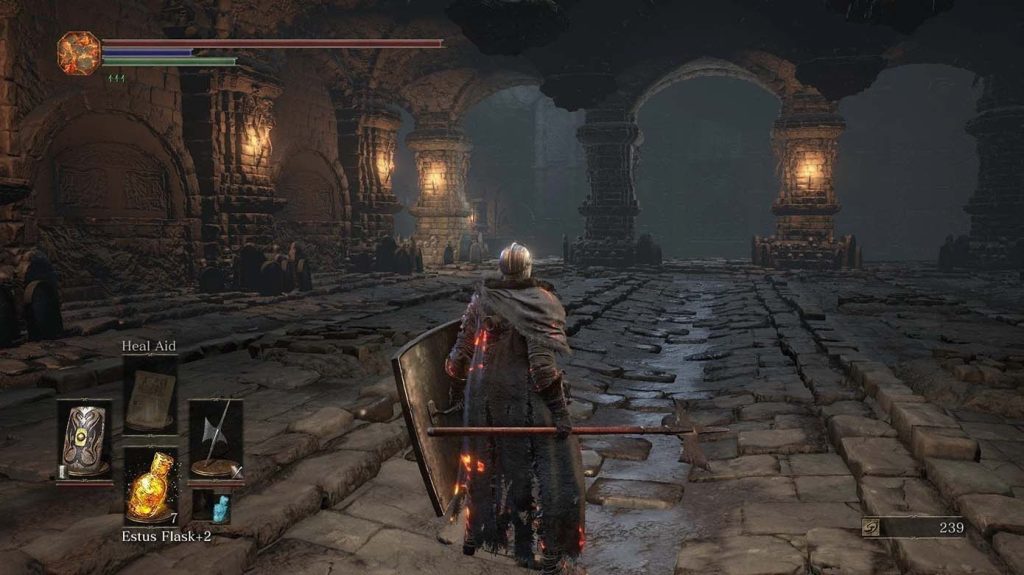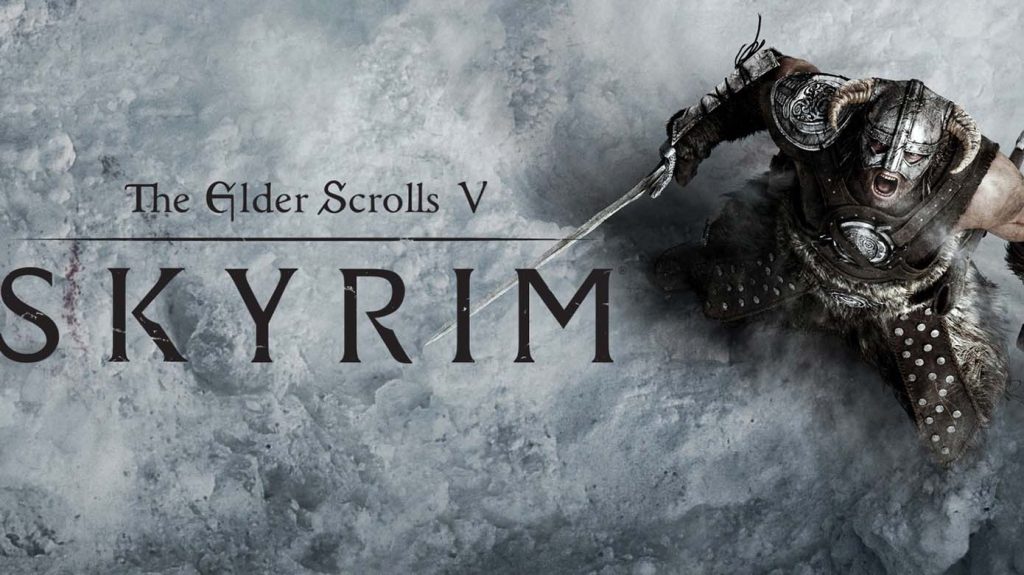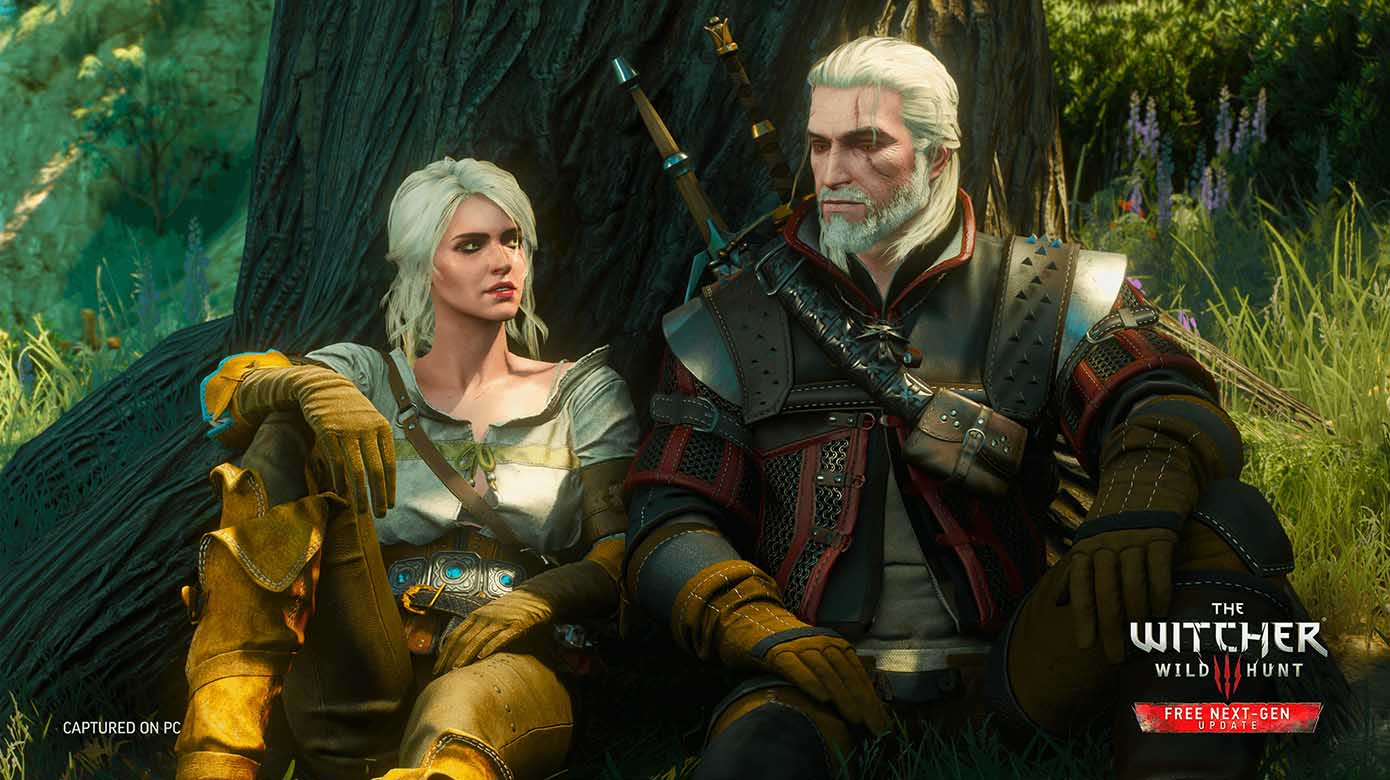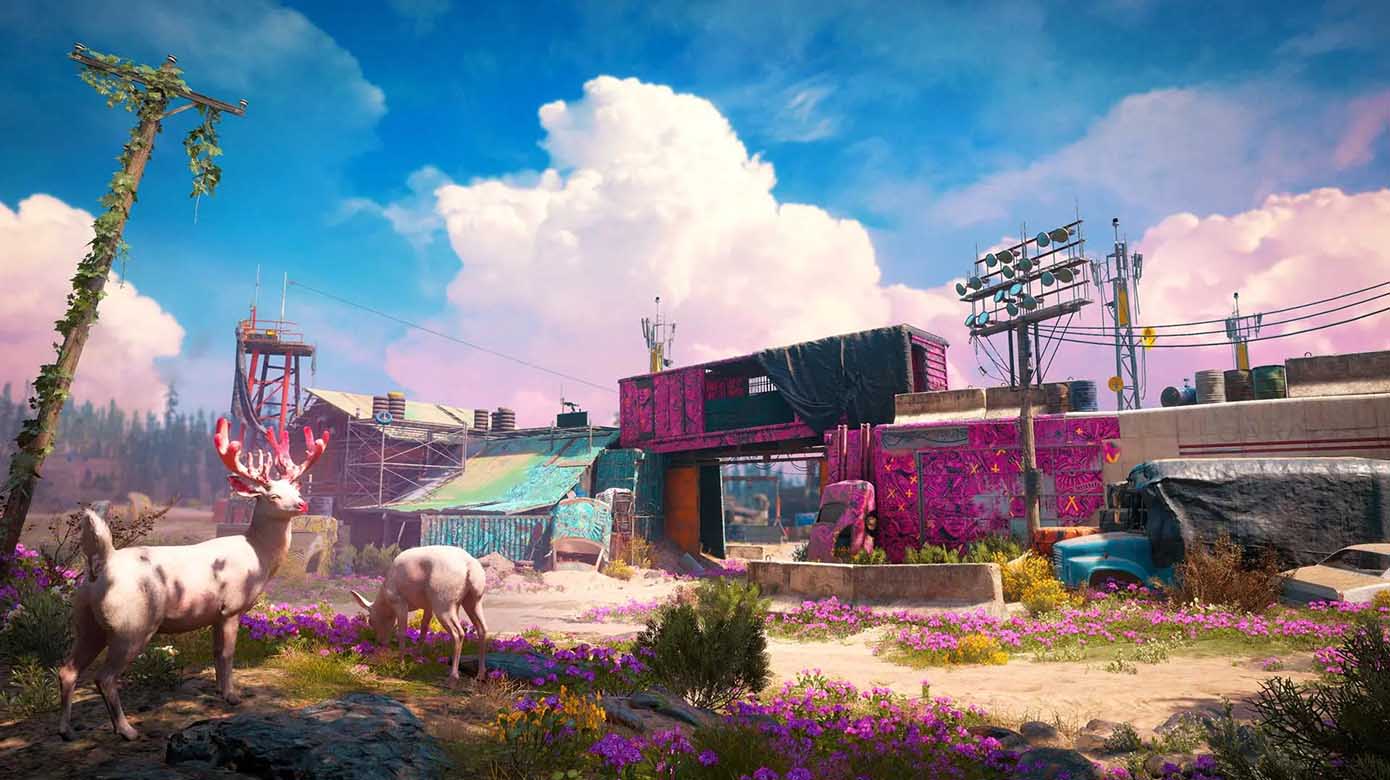I remember the first time I encountered a medieval-themed game. It was a late-night moment, under the dim glow of a desk lamp, as my screen displayed a vision of ancient, weathered, and solemn Western Europe. The torches atop the stone walls flickered, casting light over the rugged masonry, and ignited within me a yearning for legends and glory. It was in such an atmosphere that the title “Knights and Magic: The Legendary Rise of Britannia” appeared like a shaft of morning light, illuminating not only my screen but also my passion for medieval epic games.
I. The Call of Britannia: Origins and Legacy of the Legend
Britannia—a land once referred to as “Great Britain” in historical texts—carries an abundance of legend and myth. From the tales of King Arthur to the real-life Norman Conquest, its historical depth is something no fictional world can easily replicate. I’ve always been fascinated by the tension between reality and myth, and this fascination finds new life here.
Knights and Magic: The Legendary Rise of Britannia builds on this foundation. It uses real history as its bones and infuses the flesh of fantasy magic, transporting players into a parallel world where medieval Britain coexists with the arcane. In this world, knights are not only symbols of steel and faith, but also potential wielders of elemental power.
II. Lessons from Three Influential Games
While immersing myself in the allure of this game, I kept thinking about three other influential titles in the medieval fantasy genre: The Witcher 3: Wild Hunt, The Elder Scrolls V: Skyrim, and Dark Souls III. Each excels in different areas, and together, they helped me understand the design philosophy, narrative ambition, and atmospheric goals behind Knights and Magic: The Legendary Rise of Britannia.
Medieval Fantasy and Epic Storytelling: The Witcher 3: Wild Hunt
The Witcher 3 is considered a high watermark in fantasy RPGs because of its expansive, Slavic-inspired world filled with myth, political intrigue, and moral ambiguity. It taught me that fantasy needs more than monsters and spells—it needs human dilemmas and meaningful choices. Geralt, the protagonist, must navigate fate and ideals, hardship and love, and all of it feels grounded in emotional truth.
By comparison, Knights and Magic: The Legendary Rise of Britannia constructs a similarly ambitious world. Centered around the island of Britain, it blends ancient English politics (fragmented baronies, religious strife, ethnic clashes) with magical elements, ensuring every player choice has potential political or arcane consequences. The tension of “one wrong word may cause peace to shatter” echoes the weighty decisions found in The Witcher 3, where an ally or enemy may hinge on a single dialogue choice.
Open-World Exploration and Character Growth: The Elder Scrolls V: Skyrim
What made Skyrim so beloved was its vast, seemingly endless world and the immense freedom it gave players. From wind-swept mountain peaks to whispering underground ruins, every location hinted at a story. Players could be mages, thieves, warriors, or hybrid classes, growing and evolving organically through gameplay.
Likewise, Knights and Magic: The Legendary Rise of Britannia offers deep character development and expansive exploration. Players are encouraged to venture beyond capital cities into lake islands, abandoned abbeys, and dark forests to uncover forgotten magical relics or rediscover ancient knightly orders. The class system is highly flexible, allowing players to specialize as traditional knights, hybrid tacticians mixing pikes and spells, or even master a single magical element. Just like in Skyrim, I felt a strong sense of identity and agency: I wasn’t just reacting to the world—I was shaping it.

Aesthetic Oppression and Challenge: Dark Souls III
If Dark Souls III is a meditation on failure, persistence, and bleak glory, it excels at immersing the player in a world that’s as beautiful as it is hostile. Every cobblestone, pile of ash, and rusted gate is a story unto itself—and a potential death trap.
While Knights and Magic: The Legendary Rise of Britannia isn’t as punishing, it does feature its share of “do-or-die” moments: confronting a howling dragon in an ancient keep, defending the royal palace from rebel knights, dueling undead champions in a cursed wasteland. These sequences demand strategy and often humility—failure is likely, but so is eventual triumph. The rush of narrowly surviving a magical ambush or a castle siege echoes the tense, reverent swordplay that Dark Souls III instills.
III. Storytelling and Structural Design in “Knights and Magic”
After reflecting on the strengths of those three legendary titles, Knights and Magic: The Legendary Rise of Britannia reveals its own distinctive storytelling approach and structural ambition.
Historical-Magical Fusion Worldbuilding
The game integrates three major historical pillars—The Norman Conquest, Anglo-Saxon and Viking tensions, and the Church-vs-Crown struggle—as the backbone of its narrative. Into these cracks in history, it pours fantasy: spectral dragons at coronations, enchanted swords gifted by lake-bound fae, Druidic spells sealed in stone circles.
You begin as a minor noble in a borderland knightly order, only to witness the king’s assassination, the ensuing power vacuum, and foreign invasions tearing the realm apart. You must hold your territory while navigating diplomacy, warfare, and arcane mysteries. Compared to the narrative of The Witcher, Skyrim, or Dark Souls, this story is far more like a sweeping political-fantasy epic, akin to Game of Thrones blended with Arthurian myth.
Multi-Threaded Main Quests and Diverging Endings
The game’s main quests split into three major arcs: Unifying the Kingdom, Mastering Ancient Magic, and Upholding Traditional Faith. Each comes with its own thematic focus, enemies, and moral dilemmas:
• Unifying the Kingdom revolves around diplomacy and conquest, which may eventually push you to rule with iron authority;
• Mastering Ancient Magic explores hidden arcane forces, but excessive use may awaken a world-ending threat;
• Upholding Traditional Faith is rich with ritual, church politics, and cultural rifts—you risk igniting sectarian conflict if you favor one doctrine too heavily.
Possible endings include a united kingdom undone by magical catastrophe, a peaceful but stagnant theocracy, or a balanced renaissance driven by faith, power, and diplomacy. There is no neat “good” or “bad” conclusion—only consequences born from layered decisions.

IV. Immersion and Attention to Detail
What truly immersed me in this game, more than mechanics or story, was the sheer craftsmanship in the finer details:
• Visual Art: Castle walls feel ancient and heavy, covered in moss. Forest canopies filter sunlight that dances across the forest floor. Clear lakes mirror every tree and spell cast above. One night, riding patrol under a full moon, I heard distant church bells and felt transported to the 12th century.
• Sound and Music: Deep organ chords merge with the rhythm of war drums. Wandering minstrels add poetic interludes. Magical effects resonate with layered reverb and visual impact, heightening the sense of awe.
• NPCs and Dialogue: Characters speak with Old English turns of phrase, Latin invocations, and regional accents. Knights exclaim “forsooth!”, monks chant biblical verses, and merchants haggle in thick dialects. It all adds living, breathing texture to the world.
• Side Content: Beyond the main quest, dozens of small moments abound: defending rural churches from fae raids, escorting relics through outlaw country, competing in moonlit archery tournaments, or taking part in lakeside seasonal rites. These aren’t throwaway filler—they develop the land’s soul and encourage emotional investment.
Every handwritten scroll I translated, every bard’s song I listened to, every time I stood alone atop castle walls watching torchlight flicker in the distance—it felt like living through a tangible legend.



